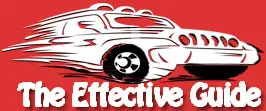Last Updated on July 8, 2025
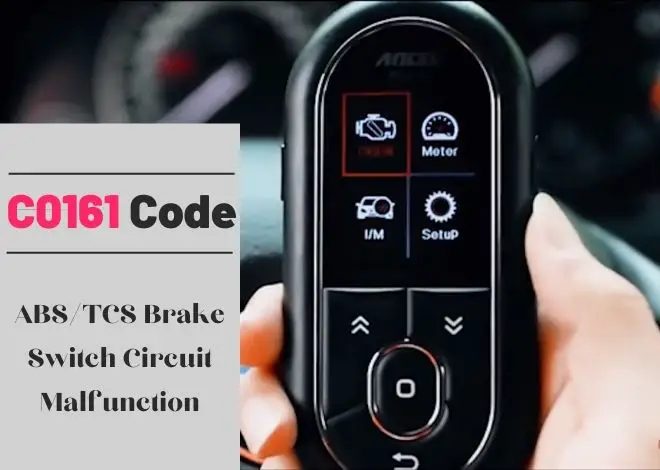
Modern vehicles rely on a series of sophisticated onboard systems to ensure optimal performance and safety. One of these systems is the OBD-II (On-Board Diagnostics) system, which helps detect and report malfunctions via specific diagnostic trouble codes (DTCs). Among them, the C0161 code is a common issue that indicates a malfunction in the ABS/TCS brake switch circuit. This problem can impact your car’s braking system, cruise control, and overall drivability.
🔍 What is the C0161 Code?
The C0161 trouble code refers to:
C0161 = ABS/TCS Brake Switch Circuit Malfunction
This code appears when the Electronic Brake Control Module (EBCM) detects an irregularity in the brake switch circuit. This fault typically leads to the illumination of the ABS light, and potentially the check engine light, indicating that the system has identified an issue with brake pedal input or signal communication.
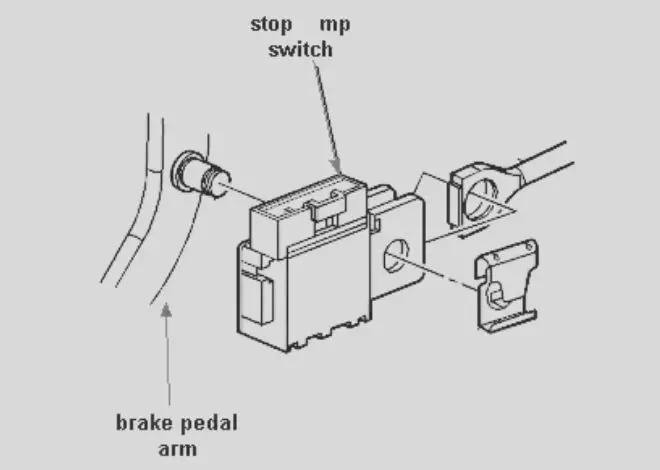
The brake switch plays a vital role in various operations:
- Activating brake lights
- Disengaging cruise control
- Communicating with the ABS and Traction Control System (TCS)
When this circuit malfunctions, it can disrupt all of the above.
💰 Cost of Diagnosing the C0161 Code
Before you can fix the problem, proper diagnosis is essential. Diagnostic labor rates usually depend on several factors:
- Location
- Vehicle make and model
- Engine configuration
- Shop hourly labor rate
Typically, the diagnostic and repair cost ranges between $75 to $150 per hour. This rate may increase if parts such as the brake light switch or wiring need to be replaced.
⚠️ Why is the C0161 Code a Serious Concern?
This isn’t a code you should ignore. Here’s why:
- The tail brake lights may fail to activate correctly, affecting your ability to signal to drivers behind you.
- Cruise control may be disabled due to inconsistent brake pedal signals.
- Parking assist and the safety interlock system (which prevents shifting from “Park” without braking) may not function properly.
All these functions rely on a healthy brake switch circuit. Without it, your driving safety is significantly compromised.
C0161 Code Symptoms: What to Watch Out For
Understanding the symptoms of the C0161 ABS/TCS Brake Switch Circuit Malfunction is crucial for early detection and proper vehicle maintenance. Ignoring these symptoms can lead to brake light failure, unsafe driving conditions, and further damage to your vehicle’s electronic systems.

Common Signs That Your Vehicle Has a C0161 Code
If your OBD II scanner shows the C0161 trouble code, here are the most common symptoms that may accompany it:
1. ABS Warning Light is On
One of the most noticeable signs is the ABS light illuminating on your dashboard. This is a direct warning from the Electronic Brake Control Module (EBCM) that something is wrong with the braking system — specifically, the brake switch circuit.
⚠️ Note: The ABS system is essential for preventing wheel lockup during hard braking. Ignoring this light could reduce your vehicle’s ability to stop safely during emergencies.
2. Check Engine Light / Service Engine Soon Light
Another telltale sign is the Check Engine Light or Service Engine Soon indicator. Although these warnings can be caused by a range of issues, when combined with a C0161 code, it’s most likely related to the brake switch signal circuit malfunction.
🧠 Pro Tip: If your check engine light is on along with the ABS light, immediately scan your OBD II system for error codes.
3. Cruise Control Not Working Properly
A failed brake switch may cause the cruise control to stop functioning, as the system can no longer accurately detect when you’re pressing the brake. This is both a safety and drivability issue.
4. Stuck Gear Selector / Unable to Shift from Park
Modern vehicles often use a shift interlock system that prevents gear engagement unless the brake pedal is pressed. If the brake switch circuit is faulty, your vehicle may not shift out of “Park.”
5. Inconsistent or Non-Functional Brake Lights
You might notice that your rear brake lights:
- Don’t turn on when you press the brake
- Stay on even when you’re not pressing the pedal
- Flicker unexpectedly
This issue is both dangerous and illegal to drive with in many regions.
🛠️ How to Fix the C0161 Code: Step-by-Step Repair Guide
If your vehicle has triggered the C0161 trouble code, it’s important to take the right steps to identify the source of the malfunction and restore the safety systems. This section will guide you through the diagnostic and repair process.
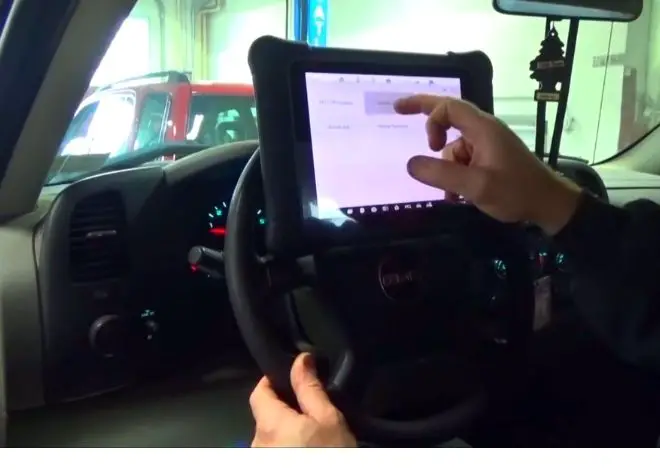
🔍 Step 1: Perform a Full OBD-II Scan
Use a high-quality OBD-II scanner to verify that the C0161 code is present. Note down any additional codes that may accompany it, as they can provide clues to whether the issue is isolated or connected to another system (e.g., C0050, C0265, U0121).
💡 Tip: Some scanners only read powertrain (“P”) codes. Make sure your scanner can read chassis codes (“C” codes) like C0161.
🧪 Step 2: Inspect the Brake Light Switch
The brake light switch is one of the most common failure points behind this code. It’s usually located near the top of the brake pedal.
- Check the switch alignment and whether it clicks when the pedal is pressed.
- Test continuity with a multimeter.
- Look for corrosion, burned pins, or loose connections.
🛠 If faulty, replace the brake switch with a new OEM or high-quality aftermarket part.
🔌 Step 3: Check Circuit Wiring and Connectors
Inspect the entire brake switch circuit:
- Wiring harness between the switch and EBCM
- Connectors for dirt, water intrusion, corrosion, or fraying
- Ground points for stability and cleanliness
If wires are pinched, broken, or shorted, repair or replace them as needed.
📦 Step 4: Examine the Electronic Brake Control Module (EBCM)
If the brake switch and wiring are intact, the fault may lie in the EBCM itself. A failing module may misread signals or cause improper circuit operation.
- Have a qualified technician test the module response and voltage outputs.
- Replace the EBCM if it fails diagnostic procedures.
🔁 Step 5: Clear the Code and Recheck
Once the repair is complete:
- Use your OBD-II scanner to clear the C0161 code.
- Restart the vehicle and check for warning lights.
- Drive for a short distance and monitor the system.
If the lights remain off and the code does not reappear, the issue has been successfully resolved.
🧩 Is Fixing the C0161 Code Difficult?
If you’ve identified the C0161 code on your OBD-II scanner, one of your first concerns might be: “Can I fix this myself, or do I need professional help?”
The answer depends on your vehicle knowledge, access to tools, and the specific cause of the malfunction.
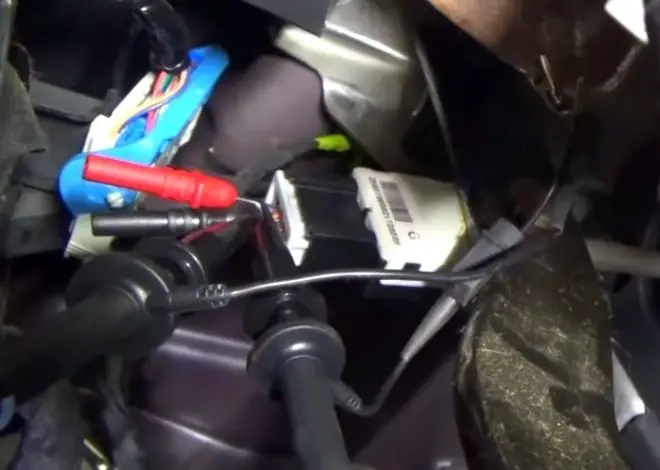
⚙️ Is the C0161 Code Complex to Repair?
No, in many cases the C0161 code is not overly complex to fix — especially if the problem lies with a simple part like the brake light switch.
You might only need to:
- Realign or replace a worn switch
- Fix loose or corroded wiring
- Clear the code using an OBD-II scanner
🧰 For vehicle owners with basic mechanical skills and a multimeter, this can be a straightforward task.
🚧 When It Gets Complicated
However, the repair can become more complex if:
- The issue lies within the EBCM (Electronic Brake Control Module)
- Multiple fault codes are present
- There’s deep electrical damage or circuit board failure
In these cases, diagnosing and resolving the problem may require advanced diagnostic tools, manufacturer-specific software, or even module reprogramming — which should be left to professionals.
❗ Can You Drive With the C0161 Code?
Technically, yes — but it’s not recommended for the following reasons:
- Your brake lights might not function properly, making driving unsafe and illegal in many regions.
- You may lose access to ABS and traction control systems, especially during emergency braking or on slippery roads.
- Cruise control may not work or deactivate without warning.
🔴 Driving with the C0161 code puts your safety and others at risk. Immediate attention is necessary.
✅ Quick Safety Tip:
If you’re in a situation where you must drive short-term before repairs:
- Test your brake lights before starting
- Avoid wet or icy conditions
- Do not use cruise control
- Schedule service as soon as possible
Final Thoughts
The C0161 trouble code is more than just a warning light—it’s a critical signal that your vehicle’s ABS/TCS brake switch circuit is malfunctioning. Since this system influences safety features like brake lights, cruise control, and traction control, ignoring it can lead to serious driving risks.
🧠 Final Advice
- Don’t delay diagnosis if the C0161 code appears.
- Start with the brake switch inspection — it’s often the root cause and easy to replace.
- Make sure your OBD-II scanner can read chassis codes (C-codes).
- If the issue is more serious (EBCM or wiring damage), consult a professional technician.
- Always clear the code after repairs, then test drive to confirm it’s resolved.
By resolving this issue promptly, you can restore critical safety systems and protect yourself and others on the road.
Frequently Asked Questions (FAQs)
1. What does the C0161 code mean?
The C0161 code indicates a malfunction in the ABS/TCS brake switch circuit, which affects braking, traction control, and brake light operation.
2. Is it safe to drive with the C0161 code?
No. Driving with a faulty brake switch circuit can cause your brake lights to fail, disable ABS/TCS, and prevent proper gear shifting. It’s a serious safety concern.
3. How much does it cost to fix the C0161 code?
Repair costs typically range from $75 to $150 per hour depending on your location, vehicle model, and whether the issue is minor (like a switch) or complex (like a module replacement).
4. Can I fix the C0161 code myself?
Yes — if the problem is the brake light switch or visible wiring issue. But if it involves the EBCM or internal diagnostics, it’s best handled by a certified mechanic.
5. What happens if I ignore the C0161 code?
Ignoring this code may lead to:
- Inoperative brake lights
- Disabled cruise control
- Non-functional ABS or traction control
- Risk of accidents and traffic violations
Meet our professional car mechanic, Russell D. Steele, who has been in this field for five consecutive years and works with several automotive companies. He completed the "AUTOMOTIVE & LIGHT DUTY DIESEL TECHNOLOGY" course from NorthWest Lowa Community College, where he learned essential diagnostic and transportation management skills and became a certified mechanic.
